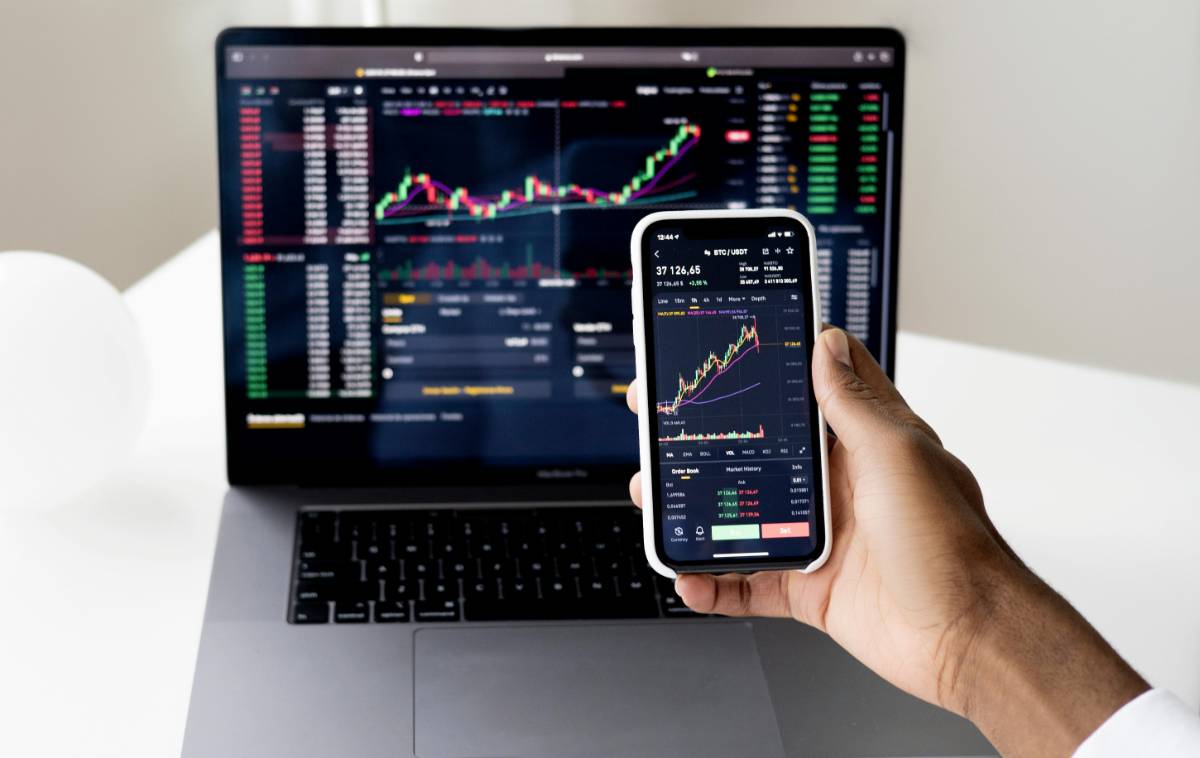
Pre-Market and After-Hours Trading: Opportunities and Risks
 By Anita Singh
By Anita SinghPre-market and after-hours trading extend beyond standard market hours, offering traders additional opportunities. However, these sessions come with unique risks and challenges that investors should understand.
What is Pre-Market and After-Hours Trading?
Pre-market trading occurs before the official opening of the stock market, while after-hours trading happens after the market closes. These sessions allow investors to react to earnings reports, economic data, and global events.
Opportunities in Extended Trading
1. Reacting to News: Investors can respond quickly to breaking news and earnings announcements before the market opens.
2. Price Movements: Stocks often experience significant price movements due to lower trading volumes, creating opportunities for profit.
3. Institutional Trading: Large institutional investors often trade during these hours, influencing market trends before regular hours begin.
Risks and Challenges
1. Low Liquidity: Fewer participants mean lower liquidity, leading to wider bid-ask spreads and increased volatility.

2. Higher Volatility: Sudden price swings are common, making it riskier for individual traders.
3. Limited Order Execution: Not all brokers offer extended-hours trading, and orders may not always be executed at desired prices.
Best Practices for Trading in Extended Hours
1. Use Limit Orders: Limit orders help control execution prices and reduce risks associated with price fluctuations.
You might also like
1. How to Turn $100 Into $10,000 With This Little-Known Investment Strategy2. The Basics of Passive Income: How to Make Money Work for You3. How to Build a Strong Investment Portfolio in the U.S.4. How Interest Rates Impact ETF and Mutual Fund Performance2. Monitor Market News: Staying updated on news and earnings reports can help traders make informed decisions.
3. Understand Broker Policies: Each brokerage has different rules regarding pre-market and after-hours trading, so it's crucial to know the specifics before trading.

Conclusion
Pre-market and after-hours trading provide traders with additional opportunities but also pose significant risks. Understanding market conditions, liquidity, and volatility is essential for making informed trading decisions.
About the author
 By Anita Singh
By Anita SinghAnita Singh is a seasoned finance writer with over 8 years of experience helping millennials and Gen Z take control of their money. With a background in economics and a passion for demystifying complex financial concepts, Ananya shares actionable tips on budgeting, investing, and building long-term wealth. Her mission is to make financial literacy accessible, relatable, and empowering — no jargon, just smart money moves.
More like this

Government Policies and Their Effect on Personal Finances
Government policies play a crucial role in shaping personal finances, influencing everything from taxes and interest rates to employment opportunities and social benefits. Understanding these policies can help individuals make informed financial decisions.

The Role of Cryptocurrencies in the American Financial System
Cryptocurrencies have become an integral part of the American financial system, influencing investment strategies, payment solutions, and regulatory policies. As digital assets gain mainstream acceptance, their impact continues to grow.

How to Build a Strong Investment Portfolio in the U.S.
Building a strong investment portfolio requires strategic planning, diversification, and a clear understanding of financial goals. A well-structured portfolio helps manage risk while maximizing returns over time.

Best High-Yield Savings Accounts in the USA
High-yield savings accounts offer a great way to grow your money with competitive interest rates while maintaining easy access to your funds. Choosing the right account can help maximize your savings potential.

Personal Finance Tips for Managing Debt in the U.S.
Managing debt effectively is crucial for financial stability. By implementing smart strategies, individuals can reduce their financial burden and work toward a debt-free future.

The Impact of Interest Rate Changes on Loans and Mortgages
Interest rates play a crucial role in determining the cost of borrowing money for loans and mortgages. Changes in interest rates can significantly impact monthly payments, affordability, and long-term financial planning.

Understanding Credit Scores: How to Improve Yours
Your credit score plays a crucial role in financial health, affecting loan approvals, interest rates, and even job opportunities. Understanding how credit scores work and how to improve them can lead to better financial stability.

Retirement Planning: Best Strategies for Americans
Planning for retirement is essential to ensure financial security in later years. By adopting smart strategies, Americans can build a comfortable nest egg and enjoy financial independence.

How Inflation Affects Your Savings and Investments
Inflation erodes the purchasing power of money, making it a crucial factor for savers and investors. Understanding how inflation impacts savings and investments can help you make informed financial decisions.

The Future of Banking in the U.S.: Digital vs. Traditional
The U.S. banking industry is undergoing a major transformation with the rise of digital banking. Traditional banks face increasing competition from online financial institutions, leading to a shift in how consumers manage their money.

Managing Debt in the USA: Tips for Financial Freedom
Debt can be a major financial burden, but with the right strategies, you can regain control and achieve financial freedom. Understanding how to manage and reduce debt effectively is key to long-term financial stability.

Top Investment Opportunities in the U.S. for 2025
The U.S. investment landscape is evolving rapidly, offering new opportunities across various sectors. As 2025 approaches, investors can explore emerging trends and strategic investments to maximize their financial growth.





